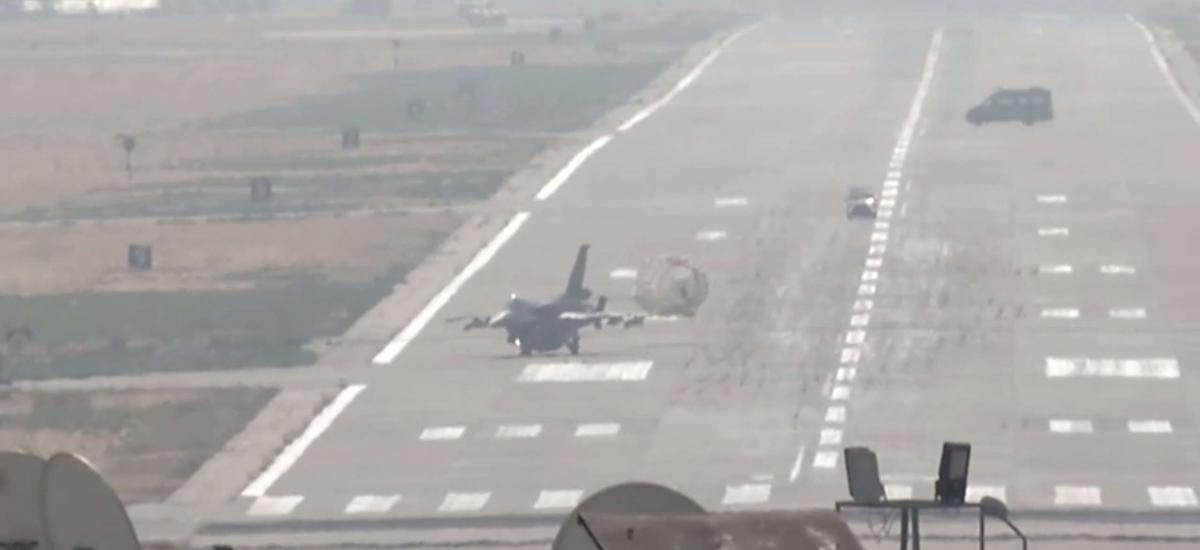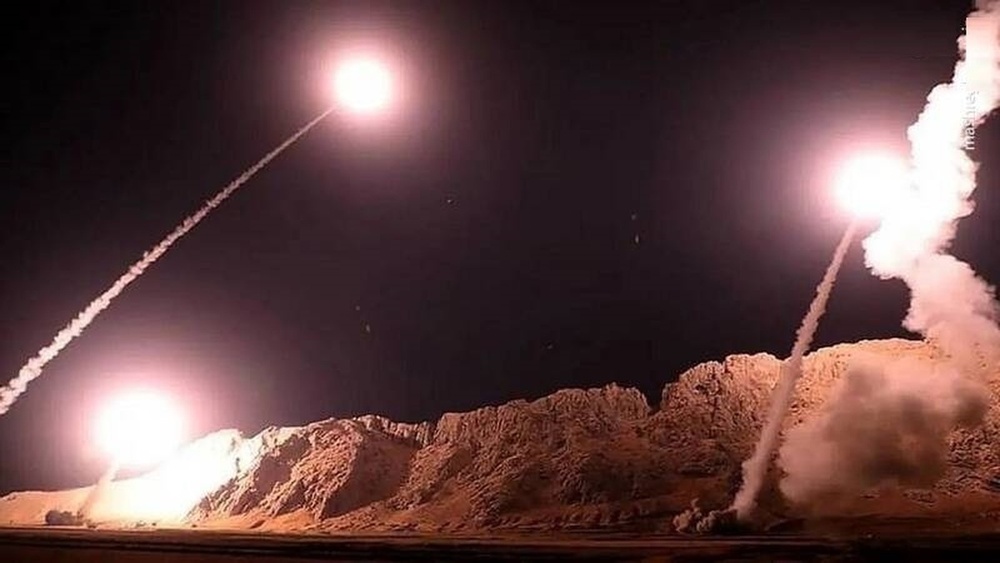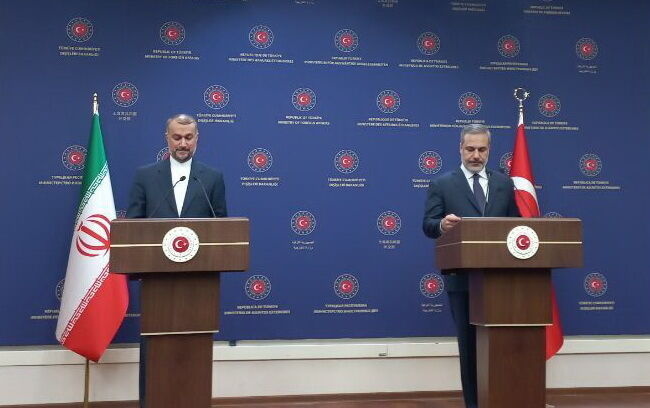According to the Turkish press, Turkish forces also foiled two other attacks on May 21. One attack consisted of three similar explosive-laden drones, described as “model planes”, targeting a base in the southeastern Batman province. The other attack targeted Turkish infantry in the Sirnak province, which borders both Iraq and Syria.
While the attacks failed to cause any casualties or damage, they did, nevertheless, underscore the PKK’s growing capability to threaten Turkey with drone attacks. They came shortly after Turkish President Recep Tayyip Erdogan claimed Turkey had assassinated Sofi Nurettin, the codename for an allegedly high-ranking member of the militant group that has been fighting for Kurdish self-rule in Turkey for four decades. The PKK has been designated a terrorist organisation by Turkey, the United States, and the European Union.
“This is significant,” Aaron Stein, Research Director at the Foreign Policy Research Institute, told Ahval. “The attack (on Diyarbakir) demonstrates a trend in airbase security that we saw in Syria with the Russians, which is that non-state actors can leverage cheap, crappy, and off-the-shelf kits to challenge security at airbases.”
The type of drones used in the attacks is incredibly simple. Stein described them as “some combination of model airplane and, I’d guess, some basic off-the-shelf GPS system that allows for the model kit to fly along with autonomous waypoints”.
Such drones are easy for the group to launch and easy to guide toward any fixed target, such as that large airbase, since the coordinates are easily and readily accessible on websites such as Wikipedia.
“The airbase is on Google Earth, and you can drop a pin if you want to get more precise,” Stein said. “And, precisely because they are so crappy, they are really hard to see with most radars, which are designed to track fast-moving things.”
This isn’t the first time the PKK has attempted attacks against Turkish forces using similar drones. It has previously released videos showing DJI-type drones dropping grenades on Turkish military outposts in Iraq’s semi-autonomous Kurdistan region.
Incidentally, the PKK can assemble such drones almost anywhere since all they consist of is a kit with wings, a bit of fuel and an off-the-shelf GPS kit.
“They can be built anywhere these basics are sold, which is basically everywhere these days,” Stein said.
That the PKK would ultimately attempt such an attack has been apparent and perhaps inevitable for years now. In August 2018, Turkey assassinated a senior PKK member, Zaki Shingali, in an air or drone strike in Sinjar, Iraq, demonstrating a potentially game-changing capability.
It was immediately apparent that this could have dangerous ramifications for the decades-old Turkish-PKK conflict. Immediately after Shingali’s assassination, Turkish military expert Metin Gürcan warned that if Turkey continued assassinating senior PKK leaders in such a way, the group could ultimately develop the means to respond.
“The action-reaction cycle could take an unexpected route that’s not intended or wanted by either side of the conflict,” he warned. “If Ankara continues with this type of targeted killings abroad, the PKK might revert to intense attacks using VBIEDs and drones, which could create a new dimension to the lengthy conflict between Turkey and the PKK.”
Turkey has gone on to assassinate several other senior PKK members since that time.
“The use of drone attacks has become one of the methods groups like ISIS have been using and the PKK, which have tried using drones in their attacks last year, is no exception,” Suleyman Ozeren, an adjunct professor at George Mason University and senior expert at Orion Policy Institute, told Ahval.
Ozeren believes that the PKK, as is the case with many such groups and non-state actors, “would want to escalate its attacks in order to show resilience against its losses”.
“Terrorist organizations, facing significant losses - whether a leader or a member of a leadership of the group - would be under a lot of pressure to retaliate,” he said.
Consequently, Ozeren believes that the Diyarbakir attack could well have been an attempt to retaliate for the Sofi Nurettin assassination if not part of a larger strategic move by the group.
“In other words, the use of drone technology could become another modus operandi of the PKK,” he said.
Since military bases like Diyarbakir are heavily defended, the PKK might instead resort to using these drones to target government buildings or even infrastructure in Turkey where they could cause greater damage. Ozeren is sceptical the group would do so.
“In the past, the PKK used suicide attacks against civilians as part of its blind terrorism campaign,” he said. “However, it might be hesitant to target civilians directly to avoid any backlash from the United States, especially while the Biden administration is eager to treat PYD differently than the PKK.”
The Democratic Union Party (PYD) is the predominant political party in northeast Syria and shares the PKK’s ideology. Its armed wing the People’s Protection Units (YPG) make up the bulk of the Syrian Democratic Forces (SDF), the main ally of the United States in its campaign against ISIS in Syria.
“Any indiscriminate violence by the PKK would put the PYD under pressure and weaken its position of legitimacy at the international arena unless the PKK might be determined to alienate itself from the PYD,” Ozeren said.
Overall, Özeren predicts that drone attacks by the PKK won’t “create a totally new phase unless the PKK targets civilians”.
Ryan Bohl, Stratfor’s Middle East and North Africa analyst at RANE, said that such drone attacks “suggest that the non-state drone technology threat is widening and its use by militant forces throughout the region is becoming more common”.
“We’re already seeing non-state actors like Hamas and Hezbollah becoming increasingly sophisticated with drone technology,” he told Ahval.
From a strategic standpoint, such drone attacks are likely becoming “a routine feature of security threats for military forces region-wide and now for Turkey in particular”, he added.
“These attacks have a demonstrated record of being comparatively easy to carry out compared to cell-based ground attacks and could presage a new tactic of the insurgency in southeast Turkey with the Turkish armed forces forced to develop the same kind of anti-drone systems in demand throughout the Middle East,” Bohl said.
Stein also believes that such attacks are likely in the future since they are both “hard to stop and low cost for the attacker.”
On the other hand, he doesn’t believe such attacks indicate that a new and more dangerous phase in the decades-old conflict is beginning. Instead, he views such attacks as “indicative of the basic problem.”
“This is an asymmetric insurgency, where these drones cost nothing to build, but if the PKK gets lucky and runs into an F-16, well the cost curve is on their side,” he said. “Most will fail. The Turks may adapt. But all it takes is one to sneak through.”
Reporter's code: 50101

Turkey downed at least one homemade “suicide” drone targeting its large airbase in Diyarbakir in the country’s southeast on the night of May 19. The attack, plausibly claimed by the outlawed Kurdistan Workers’ Party (PKK), is the latest example of how non-state actors can develop and deploy such weapons.
News Code 948






Your Comment